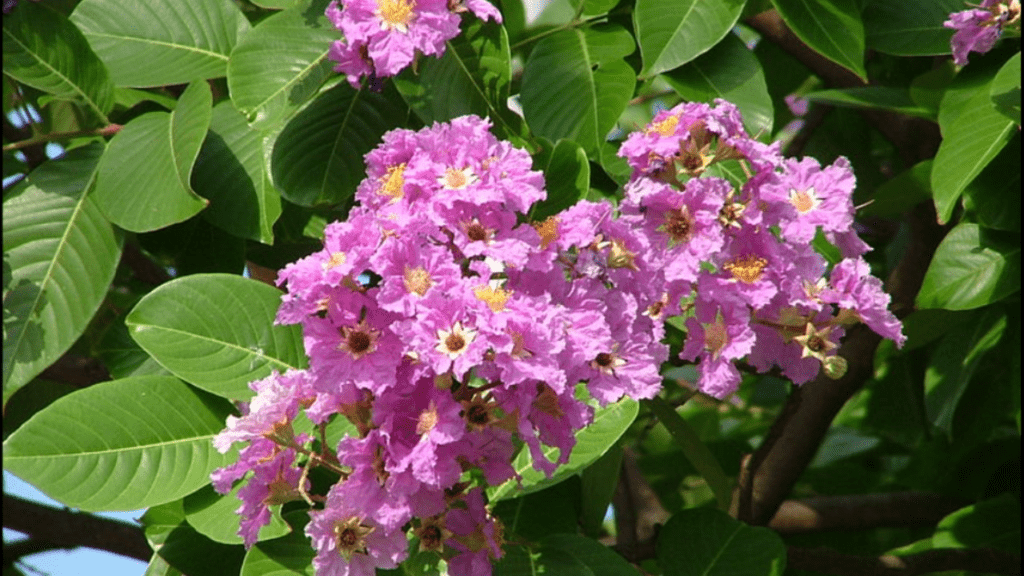
How to Plant Lagerstroemia: A Step-by-Step Guide for Beginners
Lagerstroemia, commonly known as Crepe Myrtle, is a beloved plant known for its vibrant blooms and attractive bark. If you’re looking to add a splash of color to your garden, learning how to plant Lagerstroemia is essential. In this comprehensive guide, we’ll walk you through everything you need to know to successfully plant Lagerstroemia and ensure it thrives in your garden.
Table of Contents
ToggleOverview of Lagerstroemia (Crepe Myrtles)
Description of Lagerstroemia genus.
Lagerstroemia, commonly known as Crepe Myrtle, is a genus of around 50 species of flowering plants in the Lythraceae family. These plants are known for their vibrant blooms in shades of pink, red, lavender, and white, as well as their attractive mottled or exfoliating bark. Crepe Myrtles are popular ornamental plants in gardens and landscapes due to their long flowering season and low maintenance requirements.
These deciduous trees or shrubs are native to Asia, Australia, and some Pacific islands, and they thrive in warm, sunny climates. Lagerstroemia plants can range in size from small shrubs to medium-sized trees, and they are often grown for their colorful flowers, attractive bark, and resistance to pests and diseases.
Crepe Myrtles are versatile plants that can be used as standalone specimens, in mixed borders, or as street trees. With proper care and maintenance, these plants can provide a beautiful burst of color and interest to any garden or landscape. It’s important to choose the right planting location and provide the appropriate care to ensure the successful growth and flowering of Lagerstroemia plants.
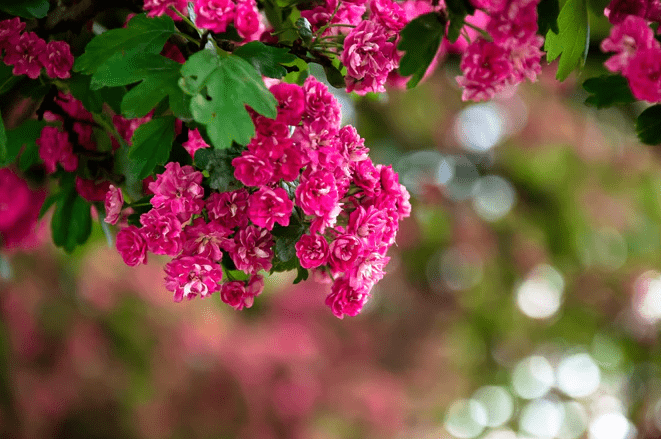
Popular varieties and their characteristics (e.g., flower colors, size variations).
Crepe Myrtles are known for their vibrant blooms in shades of pink, red, lavender, and white, as well as their attractive mottled or exfoliating bark. These plants are popular ornamental additions to gardens and landscapes due to their long flowering season and low maintenance requirements. They are native to Asia, Australia, and some Pacific islands and thrive in warm, sunny climates. Crepe Myrtles can range in size from small shrubs to medium-sized trees, and they are often grown for their colorful flowers, attractive bark, and resistance to pests and diseases. These versatile plants can be used as standalone specimens, in mixed borders, or as street trees. It’s important to choose the right planting location and provide the appropriate care to ensure the successful growth and flowering of Crepe Myrtles in a variety of popular varieties and characteristics such as flower colors and size variations.
Zones suitable for growing Crepe Myrtles.
Crepe Myrtles are known for their vibrant blooms in shades of pink, red, lavender, and white, as well as their attractive mottled or exfoliating bark. These plants are popular ornamental additions to gardens and landscapes due to their long flowering season and low maintenance requirements. They are native to Asia, Australia, and some Pacific islands and thrive in warm, sunny climates. Crepe Myrtles can range in size from small shrubs to medium-sized trees, and they are often grown for their colorful flowers, attractive bark, and resistance to pests and diseases. These versatile plants can be used as standalone specimens, in mixed borders, or as street trees. It’s important to choose the right planting location and provide the appropriate care to ensure the successful growth and flowering of Crepe Myrtles in a variety of popular varieties and characteristics such as flower colors and size variations. Knowing the suitable zones for growing Crepe Myrtles can help ensure their successful growth and vibrant blooms.
Climate and Growing Conditions
Ideal climate conditions for Lagerstroemia.
Lagerstroemia, or Crepe Myrtles, thrive in warm, sunny climates. They are native to Asia, Australia, and some Pacific islands. These plants are known for their vibrant blooms in shades of pink, red, lavender, and white, as well as their attractive mottled or exfoliating bark. Crepe Myrtles are popular ornamental additions to gardens and landscapes due to their long flowering season and low maintenance requirements. They can range in size from small shrubs to medium-sized trees and are often grown for their colorful flowers, attractive bark, and resistance to pests and diseases. When planting Crepe Myrtles, it’s important to choose the right location and provide appropriate care to ensure successful growth and flowering. Knowing the suitable zones for growing Crepe Myrtles can help ensure their successful growth and vibrant blooms. It’s important to consider the ideal climate conditions for Crepe Myrtles, which include warm and sunny environments, to ensure their successful growth and beautiful blooms.
Sunlight requirements: full sun vs. partial shade.
Crepe Myrtles are beautiful plants known for their vibrant blooms, attractive bark, and resistance to pests and diseases. When it comes to sunlight requirements, Crepe Myrtles thrive in warm and sunny environments. They require full sun to ensure their successful growth and beautiful blooms. Full sun means at least six hours of direct sunlight per day. In terms of planting location, it’s important to choose a spot that receives ample sunlight for the Crepe Myrtles to thrive. However, they can also tolerate partial shade, especially in hotter climates, as long as they still receive a few hours of direct sunlight each day. Providing the appropriate sunlight is crucial for the successful growth and flowering of Crepe Myrtles. By understanding their sunlight requirements, you can ensure that your Crepe Myrtles will flourish in your garden or landscape.
Soil preferences (well-draining, acidic soil) and importance of good drainage.
Crepe Myrtles prefer well-draining, acidic soil for optimal growth. It’s important to ensure that the soil has good drainage to prevent waterlogging, which can lead to root rot. You can improve the soil drainage by adding organic matter, such as compost or peat moss, to the planting area. This will help the soil retain moisture without becoming waterlogged. It’s also important to avoid planting Crepe Myrtles in areas with compacted soil, as this can also lead to poor drainage. Additionally, regular watering and mulching can help maintain soil moisture and improve drainage. By ensuring that the soil is well-draining and acidic, you can provide the ideal growing conditions for Crepe Myrtles and promote healthy, vibrant growth.
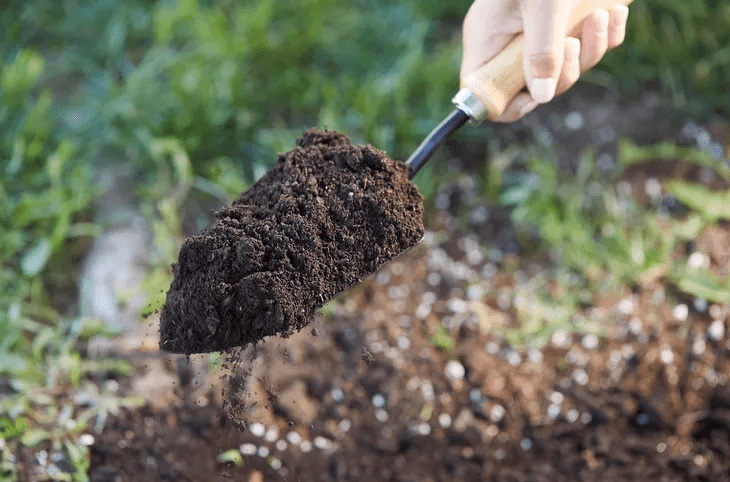
Choosing and Planting Location
Selecting the right location in your garden or landscape.
When selecting a location for your garden or landscape, it’s important to consider the specific needs of the plants you want to grow. Crepe Myrtles, for example, prefer well-draining, acidic soil for optimal growth. This means that you should choose a location with soil that has good drainage to prevent waterlogging, which can lead to root rot. If the soil in your chosen location does not have good drainage, you can improve it by adding organic matter, such as compost or peat moss, to the planting area. This will help the soil retain moisture without becoming waterlogged. Additionally, it’s important to avoid planting Crepe Myrtles in areas with compacted soil, as this can also lead to poor drainage. Regular watering and mulching can help maintain soil moisture and improve drainage as well. By selecting a location with well-draining, acidic soil and taking steps to improve the soil quality, you can provide the ideal growing conditions for Crepe Myrtles and promote healthy, vibrant growth in your garden or landscape.
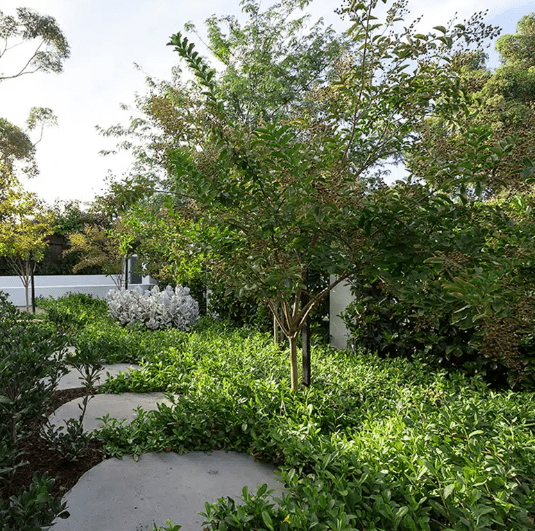
Considerations for containers vs. ground planting.
When deciding between containers and ground planting, there are a few key considerations to keep in mind. First, consider the soil drainage in the area where you plan to plant. If you are planting in the ground, make sure the soil has good drainage to prevent waterlogging, which can lead to root rot. If the soil doesn’t drain well, you can improve it by adding organic matter like compost or peat moss to help retain moisture without becoming waterlogged. Additionally, avoid planting in areas with compacted soil, as this can also lead to poor drainage. Regular watering and mulching can also help maintain soil moisture and improve drainage. On the other hand, planting in containers allows you to control the soil quality and drainage more easily. You can choose a well-draining potting mix and ensure that the containers have adequate drainage holes. However, containers may require more frequent watering and maintenance. Ultimately, the decision between containers and ground planting will depend on the specific conditions of your garden or landscape and your personal preferences for maintenance and aesthetic.
Planting Lagerstroemia
Best time to plant Crepe Myrtles.
The best time to plant Crepe Myrtles is in the early spring or late fall when the soil is cool and moist. This will give the trees a chance to establish their roots before the heat of summer. It’s important to choose a location with well-draining soil to prevent waterlogging, as Crepe Myrtles do not tolerate wet feet. If the soil doesn’t drain well, you can improve it by adding organic matter like compost or peat moss to help retain moisture without becoming waterlogged. Additionally, avoid planting in areas with compacted soil, as this can also lead to poor drainage. Regular watering and mulching can also help maintain soil moisture and improve drainage. On the other hand, planting in containers allows you to control the soil quality and drainage more easily. You can choose a well-draining potting mix and ensure that the containers have adequate drainage holes. However, containers may require more frequent watering and maintenance. Ultimately, the decision between containers and ground planting will depend on the specific conditions of your garden or landscape and your personal preferences for maintenance and aesthetic. Overall, the best time to plant Crepe Myrtles is in cooler, moist conditions and in well-draining soil to ensure their successful growth and establishment.
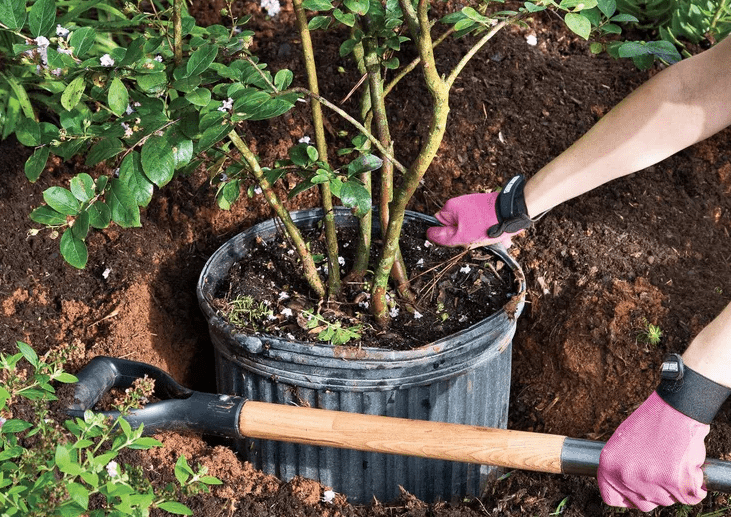
Step-by-step guide to planting: digging the hole, positioning the plant, backfilling.
When planting, it’s important to follow a step-by-step process to ensure the success of your plants. First, start by digging a hole that is the appropriate depth and width for the size of the plant’s root ball. Position the plant in the hole, making sure it is at the correct level and orientation. Then, backfill the hole with soil, gently patting it down to remove any air pockets. Additionally, it’s important to avoid planting in areas with compacted soil, as this can lead to poor drainage. Regular watering and mulching can also help maintain soil moisture and improve drainage. On the other hand, planting in containers allows for more control over soil quality and drainage. You can choose a well-draining potting mix and ensure that the containers have adequate drainage holes. However, containers may require more frequent watering and maintenance. Ultimately, the decision between containers and ground planting will depend on the specific conditions of your garden or landscape and your personal maintenance preferences. Overall, the best time to plant Crepe Myrtles is in cooler, moist conditions and in well-draining soil to ensure their successful growth and establishment. Remember to follow the step-by-step guide to planting: digging the hole, positioning the plant, and backfilling, to ensure the best results for your plants.
Watering newly planted Lagerstroemia.
Watering newly planted Lagerstroemia is essential for their successful growth and establishment. Regular watering and mulching can help maintain soil moisture and improve drainage. If planting in the ground, it’s important to choose a location with well-draining soil and water the plants regularly, especially during hot and dry periods. On the other hand, planting in containers allows for more control over soil quality and drainage. You can choose a well-draining potting mix and ensure that the containers have adequate drainage holes. However, containers may require more frequent watering and maintenance. Ultimately, the decision between containers and ground planting will depend on the specific conditions of your garden or landscape and your personal maintenance preferences. Regardless of the planting method, the best time to plant Crepe Myrtles is in cooler, moist conditions to ensure their successful growth. Remember to follow the step-by-step guide to planting: digging the hole, positioning the plant, and backfilling, to ensure the best results for your plants.
Watering and Moisture Needs
Watering requirements during different seasons.
Watering requirements for plants vary depending on the season. During the spring and summer months, plants will generally require more frequent watering due to the warmer temperatures and increased evaporation. It’s important to water the plants in the morning or evening to avoid the water evaporating too quickly in the heat of the day. During the fall and winter months, plants require less water as the cooler temperatures and decreased sunlight reduce the rate of evaporation. However, it’s still important to monitor the moisture levels in the soil and water as needed to ensure the plants receive adequate hydration. In general, it’s best to water deeply and less frequently to encourage strong root growth. Additionally, using mulch around the base of the plants can help to retain moisture and reduce the frequency of watering. Overall, understanding the watering requirements during different seasons is essential for maintaining healthy and thriving plants in your garden or landscape.
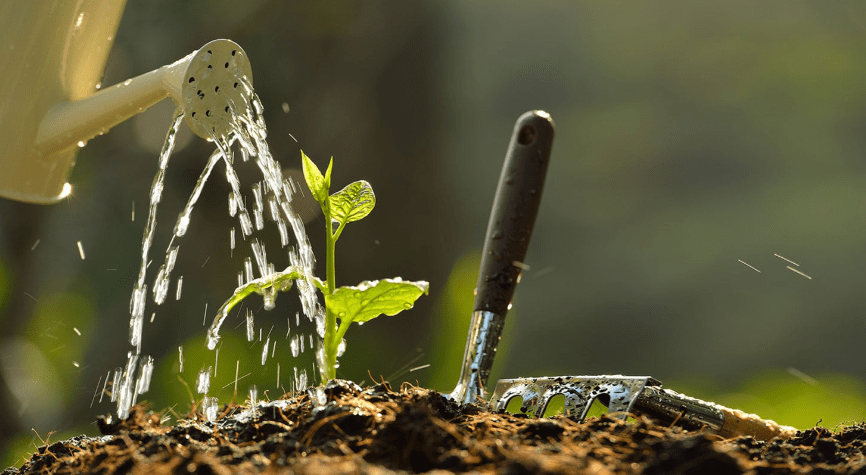
Importance of mulching to retain moisture.
Mulching is an important practice for retaining moisture in the soil, especially during the hot and dry seasons. Mulch helps to prevent water from evaporating too quickly, reducing the need for frequent watering. It also helps to regulate soil temperature and suppress weed growth. Organic mulches, such as wood chips or shredded bark, can break down over time and improve the soil structure, adding nutrients to the soil as they decompose. In addition to retaining moisture, mulch can also protect plant roots from temperature extremes and erosion. By using mulch in your garden or landscape, you can reduce water usage and promote healthy plant growth. It’s a simple and effective way to conserve water and maintain a thriving garden.
Fertilizing Lagerstroemia
Types of fertilizers suitable for Crepe Myrtles (balanced, slow-release).
When it comes to fertilizing Crepe Myrtles, it’s important to choose the right type of fertilizer. A balanced fertilizer, such as a 10-10-10 blend, can provide the necessary nutrients for healthy growth. This type of fertilizer contains equal amounts of nitrogen, phosphorus, and potassium, which are essential for plant growth. Additionally, slow-release fertilizers are a great option for Crepe Myrtles. These fertilizers release nutrients slowly over time, providing a steady supply of nutrients to the plant. This can help prevent nutrient leaching and ensure that the plant receives the necessary nutrients for an extended period. When applying fertilizer, be sure to follow the instructions on the packaging and avoid over-fertilization, which can be detrimental to the plant. By choosing the right type of fertilizer and applying it properly, you can promote healthy growth and vibrant blooms in your Crepe Myrtles.
When and how to fertilize for optimal growth and flowering.
Fertilizing your plants at the right time and in the right way can make a big difference in their growth and flowering. For optimal growth and flowering, it’s best to use a balanced fertilizer, such as a 10-10-10 blend, which contains equal amounts of nitrogen, phosphorus, and potassium. These nutrients are essential for healthy plant growth. Slow-release fertilizers are also a great option for promoting optimal growth and flowering in plants like Crepe Myrtles. These fertilizers release nutrients slowly over time, providing a steady supply of nutrients to the plant and helping prevent nutrient leaching. When it comes to applying the fertilizer, be sure to follow the instructions on the packaging, and avoid over-fertilization, which can be harmful to the plant. By choosing the right type of fertilizer and applying it properly, you can encourage healthy growth and vibrant blooms in your plants.
Pruning and Training
Benefits of pruning Lagerstroemia.
There are several benefits to pruning Lagerstroemia, also known as Crepe Myrtles. Pruning helps to promote healthy growth by removing dead or diseased branches, allowing for better air circulation and sunlight exposure. This can lead to more vibrant blooms and overall better plant health. Additionally, pruning can help to control the size and shape of the plant, making it a great option for shaping into a desired form. Proper pruning can also encourage the development of strong, sturdy branches and a more robust root system. It’s important to prune Lagerstroemia during the dormant season to avoid any damage to the plant and to promote new growth in the spring. Overall, regular and proper pruning of Lagerstroemia can lead to a more beautiful and healthy plant.
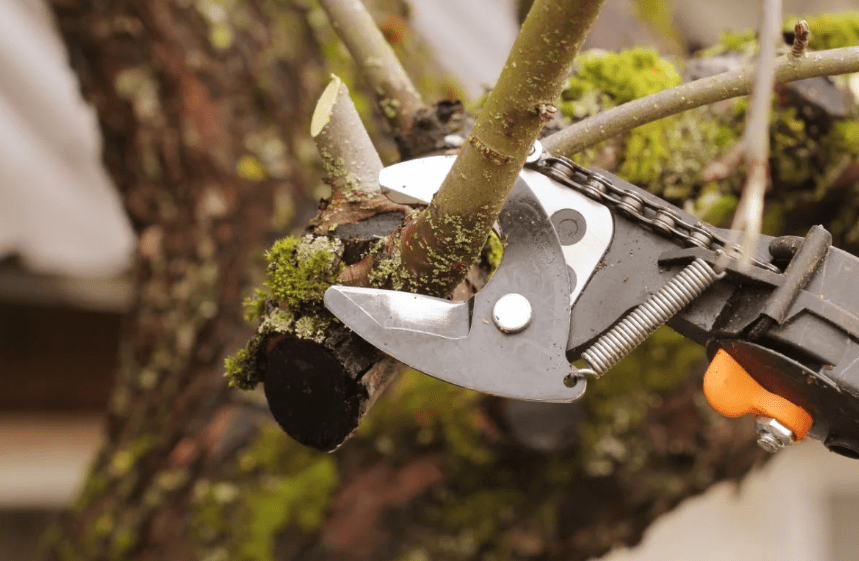
Pruning techniques for shaping and promoting flowering.
Pruning techniques for shaping and promoting flowering in plants like Lagerstroemia, also known as Crepe Myrtles, are essential for maintaining their health and promoting vibrant blooms. Pruning helps to remove dead or diseased branches, allowing for better air circulation and sunlight exposure, which can lead to more abundant and colorful flowers. Additionally, proper pruning can help control the size and shape of the plant, making it a great option for shaping into a desired form. It also encourages the development of strong, sturdy branches and a more robust root system. It’s important to prune Lagerstroemia during the dormant season to avoid any damage to the plant and to promote new growth in the spring. When pruning, it’s important to use sharp, clean tools and to make clean cuts to prevent any damage or disease. Overall, regular and proper pruning of Lagerstroemia can lead to a more beautiful and healthy plant with abundant blossoms.
Pest and Disease Management
Common pests affecting Lagerstroemia (e.g., aphids, powdery mildew).
Lagerstroemia, commonly known as Crepe Myrtles, can be affected by common pests such as aphids and powdery mildew. Aphids are small insects that feed on the sap of the plant, causing damage to the leaves and flowers. Powdery mildew is a fungal disease that can cause a white, powdery growth on the leaves and stems, affecting the overall health of the plant. To manage these pests and diseases, it is important to regularly inspect the plant for any signs of infestation and take appropriate measures to control them. This may include using insecticidal soaps or horticultural oils to control aphids, and fungicides to manage powdery mildew. It is also important to maintain good air circulation around the plant and avoid overwatering to prevent the development of powdery mildew. Additionally, promoting overall plant health through proper watering, fertilization, and pruning can help Lagerstroemia to better resist and recover from pest and disease issues. Regular maintenance and monitoring are essential for keeping Lagerstroemia healthy and thriving.
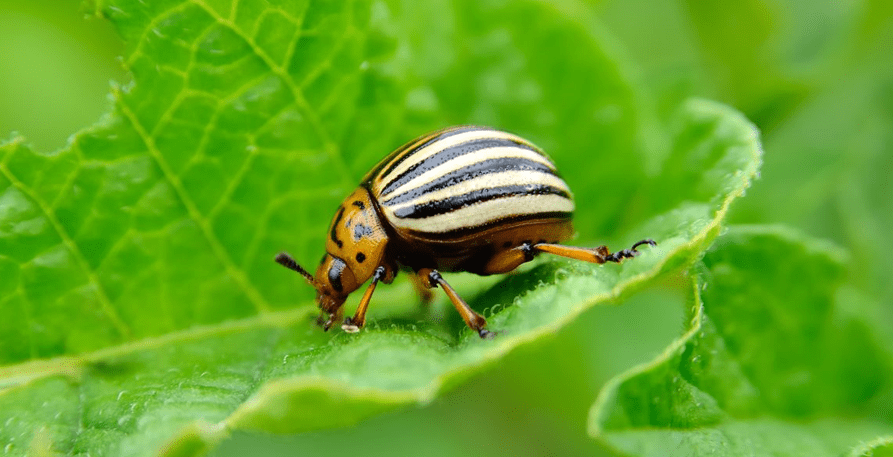
Winter Care and Protection
During the winter months, it is important to take extra care of your plants to protect them from the harsh weather conditions. One of the most important things to do is to provide proper insulation for your plants. You can do this by mulching the soil around the base of the plant to help protect the roots from freezing temperatures. It is also important to water your plants regularly, as they can still become dehydrated in the winter months. Additionally, you can cover your plants with a frost cloth or burlap to provide extra protection from cold winds and frost. Pruning your plants in the winter can also help promote new growth in the spring. Overall, it is essential to continue caring for your plants throughout the winter to ensure they stay healthy and strong.
Propagation Methods
Propagation Methods are important for ensuring the growth and reproduction of plants. There are several methods that can be used to propagate plants, including seed propagation, cutting propagation, and division. Seed propagation involves growing new plants from seeds, which can be collected from mature plants or purchased from seed suppliers. Cutting propagation involves taking a cutting from a healthy plant and encouraging it to grow roots and develop into a new plant. Division is the process of splitting a mature plant into smaller sections, each of which can grow into a new plant. Each propagation method has its own benefits and can be used to propagate different types of plants. It’s important to research and understand the specific propagation needs of the plants you are working with. By using the right propagation method, you can help your plants to grow and thrive, and even create new plants to share with others.
In conclusion, planting Lagerstroemia can be a rewarding and beautiful addition to your garden. By following the step-by-step guide provided in this article, you can ensure that your crape myrtle thrives and brings you joy for years to come. Remember to choose the right location, prepare the soil properly, and provide proper care and maintenance for your plant. With a little bit of effort and attention, you can successfully plant and enjoy the beauty of Lagerstroemia in your garden.
Frequently asked questions And Answer
The best time to plant Lagerstroemia, also known as crape myrtle, is in the late spring or early fall when the soil is warm and moist.
Lagerstroemia prefers well-drained soil that is slightly acidic. Adding organic matter, such as compost, can help improve the soil quality.
Lagerstroemia thrives in full sunlight, so it’s important to plant it in an area where it will receive at least 6-8 hours of direct sunlight each day.
Newly planted Lagerstroemia should be watered regularly, especially during dry periods. Once established, it is drought-tolerant and only needs to be watered during prolonged dry spells.
Dig a hole that is twice as wide and just as deep as the plant’s root ball. Gently remove the plant from its container, place it in the hole, and backfill with soil. Water thoroughly after planting.
Mulch around the base of the plant to retain moisture and suppress weeds. Prune in the late winter or early spring to promote new growth and flowering.
Lagerstroemia typically blooms in the summer, about 100 days after new growth begins. With proper care, it can continue to bloom for several months.
Yes, Lagerstroemia can be grown in a container, but it will require more frequent watering and fertilizing. Choose a large container with drainage holes and use a well-draining potting mix.
